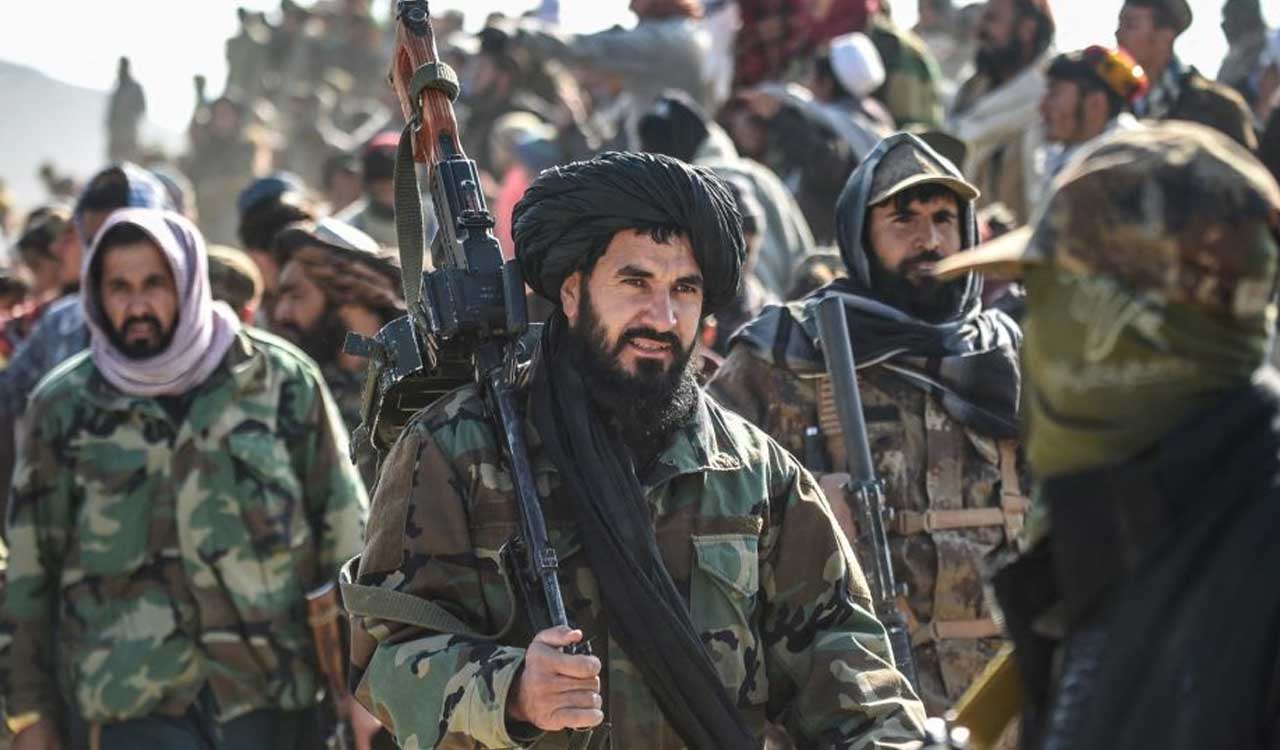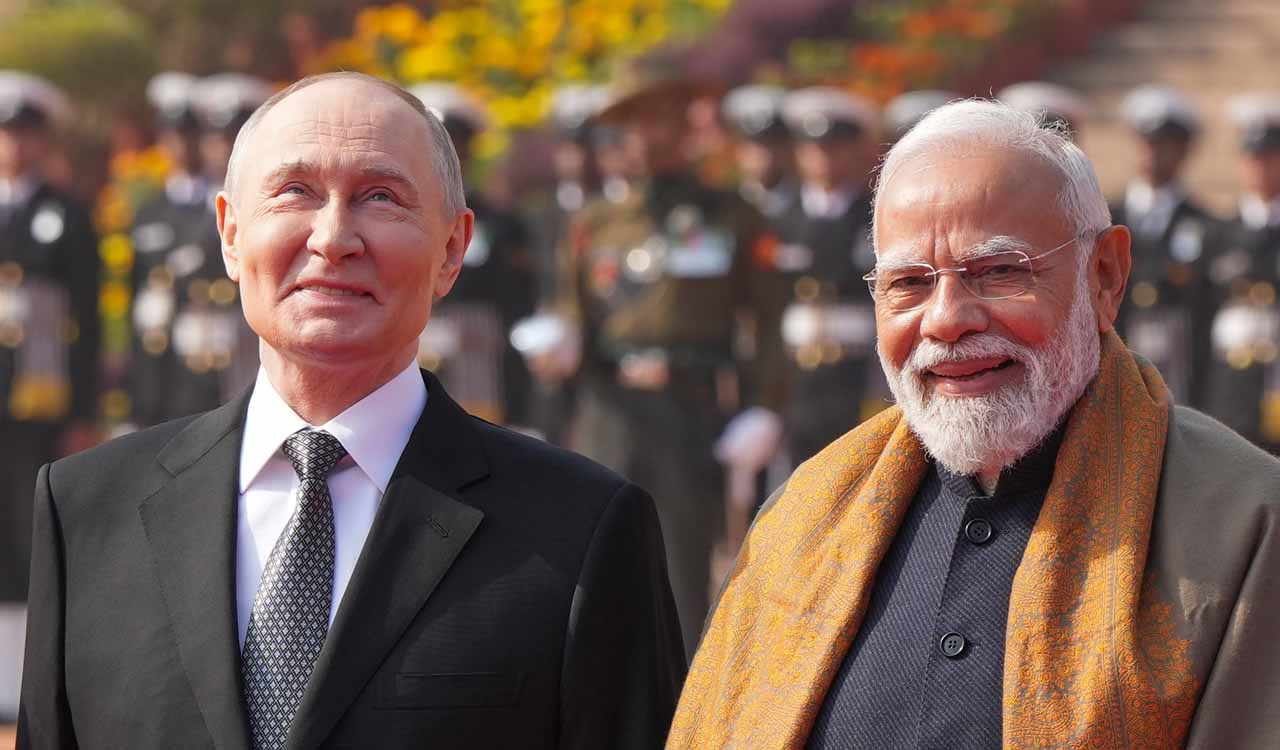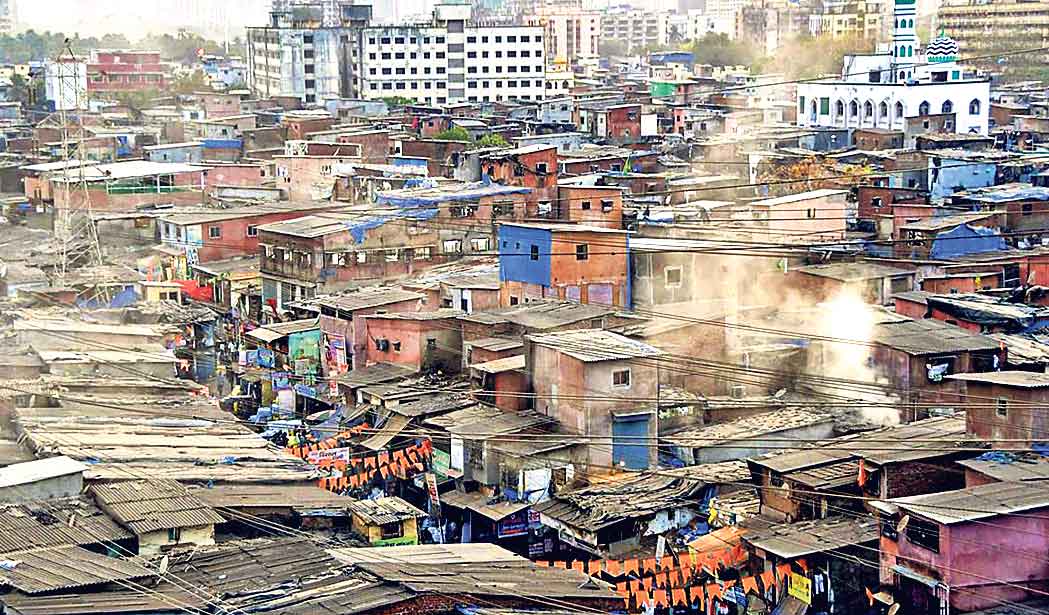Opinion: Pakistan-Taliban drift — A quiet diplomatic opening for India
The deepening rift between Pakistan and the Taliban is reshaping regional alignments and creating fresh diplomatic space for New Delhi

By Brig Advitya Madan (retd)
For over four decades, Pakistan positioned itself as Afghanistan’s closest ally — a self-appointed guardian of its politics and patron of its militant factions. From backing the Mujahideen during the Soviet invasion (1979–1989) to facilitating the Taliban’s rise in the 1990s and supporting them again during the US occupation (2001–2021), Islamabad’s fingerprints have been visible on every major turn in Afghan history.
Also Read
Yet, in 2025, relations between the two neighbours are arguably at their lowest point in years. Cross-border fire, mutual recriminations, and deep distrust have replaced what Pakistan once claimed was its “strategic depth” in Afghanistan. What went wrong?
Decoding Rift
To decode today’s rift, it helps to revisit Afghanistan’s turbulent political landscape. The modern Afghan story shifted in 1973, when King Mohammed Zahir Shah, who had ruled peacefully since 1933, was overthrown by his cousin Mohammad Daoud Khan. Daoud tried to modernise the state but was killed five years later during the 1978 Saur Revolution, which brought to power the People’s Democratic Party of Afghanistan (PDPA) — a Marxist regime backed by the Soviet Union. The following year, Soviet troops marched into Afghanistan, setting off a decade-long war that reshaped South Asia’s geopolitics.
Between 1979 and 1989, Pakistan became the principal conduit for US and Saudi funding to the Afghan Mujahideen. Its intelligence agency, the ISI, coordinated arms and training for Islamist fighters who resisted Soviet forces. When the Soviets withdrew in 1989, Pakistan expected a friendly, pro-Islamabad government in Kabul. Instead, the Mujahideen factions turned their guns on each other, plunging Afghanistan into civil war. That chaos opened the door for a new force — the Taliban — who, with Pakistani backing, seized Kabul in 1996.
India’s strategy should prioritise humanitarian engagement, regional connectivity through Iran’s Chabahar port, and intelligence coordination with partners such as Iran and Russia to monitor extremist movements
The Taliban’s first rule (1996-2001) brought a harsh brand of theocracy but gave Pakistan the “strategic depth” it long sought against India. However, the 9/11 attacks and the subsequent US invasion overturned the arrangement. Pakistan again recalibrated, siding publicly with Washington while covertly sheltering Taliban leaders. For the next two decades, Islamabad tried to balance between appeasing the US and maintaining influence over the Taliban insurgency.
When the Americans finally withdrew in August 2021 and the Taliban stormed back to power, Pakistan initially celebrated the return of what it thought was a pliant ally. Instead, the new Taliban government quickly asserted independence, and by 2025, relations between the two sides had become openly hostile. Several intertwined reasons explain this reversal.
Open Hostility
Tehrik-e-Taliban Pakistan (TTP) factor: The most immediate flashpoint is the Taliban’s refusal to rein in the TTP, a militant group ideologically aligned with the Afghan Taliban but focused on attacking Pakistani targets. Many TTP fighters are ethnic Pashtuns whose families straddle both sides of the porous border. Islamabad dismantled the old tribal agencies in Khyber Pakhtunkhwa in 2018, eroding the informal buffer that once managed cross-border ties. Today, Pakistan accuses Kabul of harbouring TTP militants; the Taliban retort that the issue is Pakistan’s internal security failure, not theirs.
Unresolved Durand Line: The 2,640-km border dividing the two countries remains a running sore. Drawn in 1893 by Sir Mortimer Durand, the line split Pashtun tribes between British India and Afghanistan. Every Afghan government, including the Taliban’s, has refused to recognise it as an international boundary, viewing it as a colonial imposition. Pakistan, however, insists the Durand Line is settled and has fenced large sections to control militant movement. For the Taliban, these fences slice through traditional trade routes and kinship networks; for Pakistan, they are vital to national security. Clashes over patrols and checkpoints have become increasingly frequent.
Taliban’s search for strategic autonomy: Unlike in the 1990s, today’s Taliban are not content to be Pakistan’s clients. Their leaders, including Foreign Minister Amir Khan Muttaqi, have reached out to regional powers such as China, Iran, and even India. Kabul’s engagement with New Delhi — once unthinkable for Islamabad — is particularly telling. This diversification of foreign ties has reduced Pakistan’s leverage and exposed the limits of its influence over a regime it once helped install.
Refugee and deportation dispute: Pakistan still hosts over a million Afghan refugees. In recent months, Islamabad has launched mass deportations, arguing that undocumented Afghans are a security risk. The Taliban have condemned these expulsions as inhumane and politically motivated. The crackdown has eroded what little goodwill remained between the two sides.
Trade chokehold: Afghanistan, being landlocked, relies heavily on Pakistan for access to seaports and trade routes. In recent weeks, Pakistan has restricted Afghan transit at four key points — the Torkham crossing in Khyber Pakhtunkhwa, the Chaman crossing in Balochistan, the Karachi port corridor, and the Wagah route that once connected India and Afghanistan through Pakistan. These closures have throttled Afghan commerce, driving up prices of essentials and deepening resentment toward Islamabad.
For Pakistan, this estrangement feels like betrayal. After all, it hosted millions of Afghan refugees and invested decades in shaping Afghan politics. Yet from Kabul’s perspective, Pakistan’s “help” was never altruistic. Afghans across political divides see Islamabad’s involvement as self-serving — driven by three motives: to secure strategic depth against India, to attract US military and economic aid during the Cold War and the War on Terror, and to install a pro-Pakistan regime in Kabul. The Taliban, confident after the US withdrawal, are now pushing back against this perceived interference.
The rift has already produced dangerous flashpoints. Heavy cross-border fighting in October 2025 led Pakistan to close all major crossings, including Torkham and Chaman, after deadly exchanges that left scores dead on both sides. Thousands of trucks loaded with goods remain stranded, and domestic inflation in Pakistan has spiked as supplies from Afghanistan — such as tomatoes and coal — have dried up. Islamabad insists it will not reopen the borders until security improves, while Kabul accuses Pakistan of economic coercion. Talks mediated by Turkey are expected, but mistrust runs deep.
Implications for India
For New Delhi, the Pakistan-Taliban rupture presents both opportunities and cautions. India, long wary of Pakistan’s influence in Kabul, now finds space to engage Afghanistan more directly. The Taliban’s outreach — including Muttaqi’s visit to India — suggests a willingness to diversify partnerships. Humanitarian assistance, medical aid, and infrastructure projects could rebuild India’s soft power without overt political entanglement.
However, India must tread carefully. Afghanistan remains volatile, and the Taliban’s internal factions are divided between pragmatists seeking international legitimacy and hardliners wary of foreign ties. Any visible Indian alignment against Pakistan could invite backlash or militant attacks. Instead, India’s strategy should focus on humanitarian engagement, regional connectivity through Iran’s Chabahar port, and intelligence coordination with partners like Iran and Russia to monitor extremist movements.
In the long arc of South Asian geopolitics, Pakistan’s Afghan policy seems to have backfired spectacularly. What Islamabad once saw as its strategic asset — the Taliban — has turned into a source of diplomatic isolation and domestic insecurity. The Taliban, emboldened by independence, now view Pakistan not as a benefactor but as a meddler. As the border heats up and trade grinds to a halt, both nations risk sliding into prolonged hostility — a scenario that reshapes regional alignments and quietly opens a new diplomatic window for India.

(The author is a retired Army officer)
Related News
-
Sindhu, Lakshya to spearhead Indian challenge in BAC
11 mins ago -
Crypto mogul Do Kwon sentenced to 15 years in prison for US$ 40 billion stablecoin fraud
15 mins ago -
Hyderabad shivers as cold wave plunges mercury to a seven-year-low at 6.3 degree celsius
24 mins ago -
Horoscope: Find out your star predictions today, Dec 12, 2025
28 mins ago -
Telangana to challenge Polavaram-Nallamala Sagar Project in Supreme Court
28 mins ago -
Double bonanza for fans as Rajinikanth celebrates 75th birthday & 50 years in cinema
30 mins ago -
Court blocks release of hundreds of immigrants arrested in Chicago-area crackdown
31 mins ago -
Leopard tranquilised, rescued from tunnel on Pune airport premises
49 mins ago




